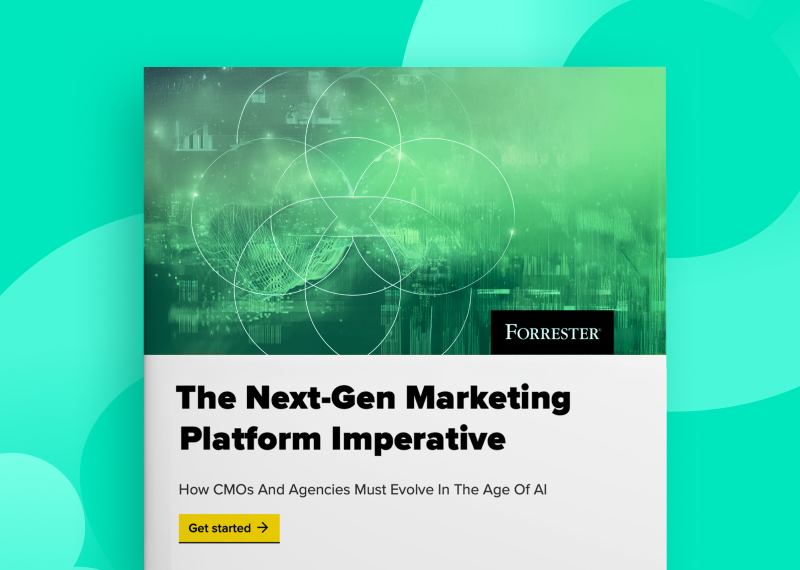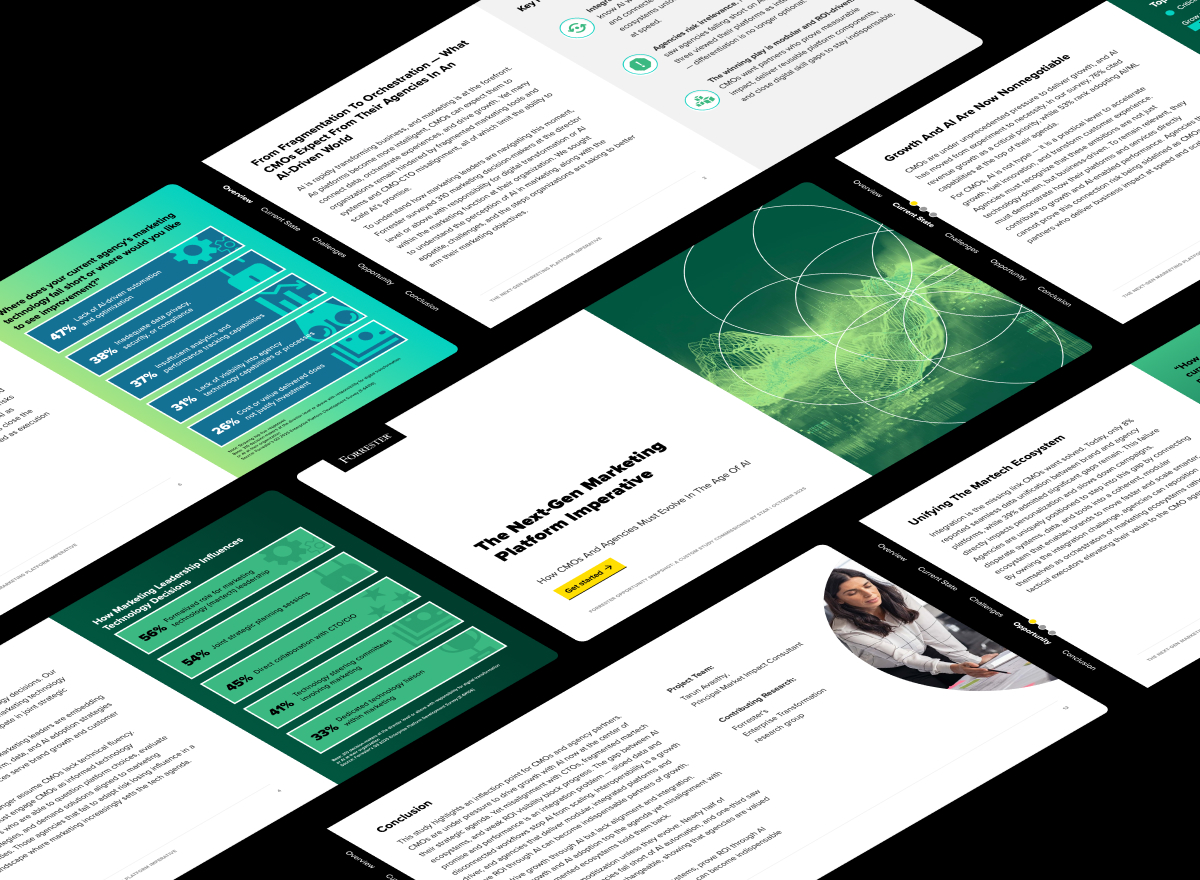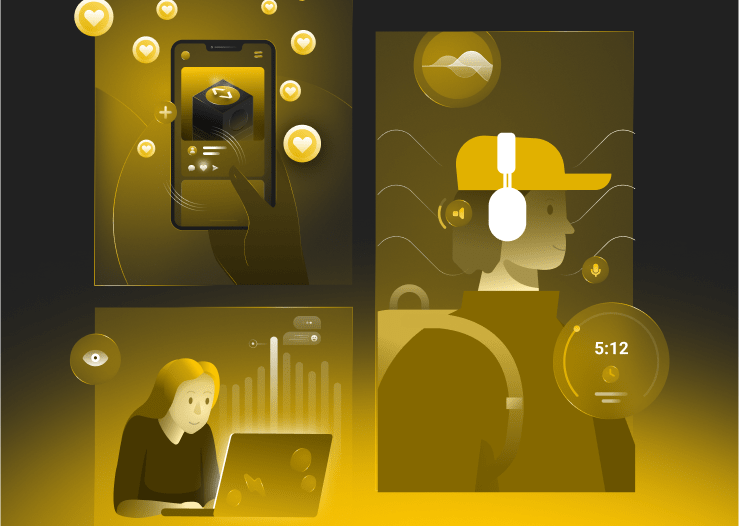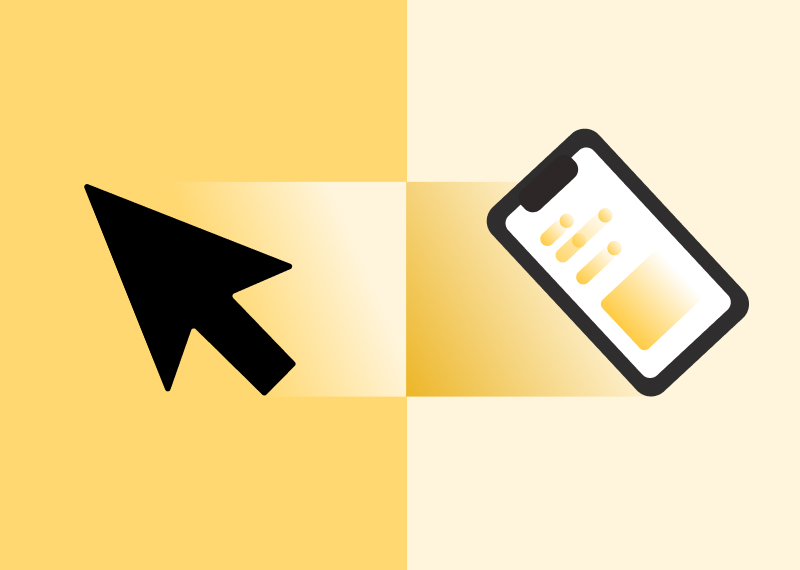AI is redefining how advertising agencies operate – bringing with it a full gamut of capabilities that accelerate advertising pitch creation, optimize agency operations and streamline ad campaigns at an unparalleled pace.
The explosive growth of AI adoption in advertising is no surprise, given the remarkable benefits it brings.
But here's the burning question. Are agencies truly seizing the full potential of AI? Brace yourself for the shocking truth – pitch creation, one of the most exorbitant aspects of agency operations, is an absolute money pit. A recent report from Advertiser Perceptions estimates that, on average, agencies spend a whopping $300,000 on a single pitch. This includes expenses related to research, overtime staff hours, and external consultants.
Notwithstanding macroeconomic pressures and shrinking budgets, pitch costs don’t include additional fees associated with redoing client concepts. With only a 34% chance of winning new clients, the opportunity cost of new pitch creation is significantly high. But before we get into how can AI help agencies optimize resources, avoid overstretching creative talents and allocate investment appropriately.
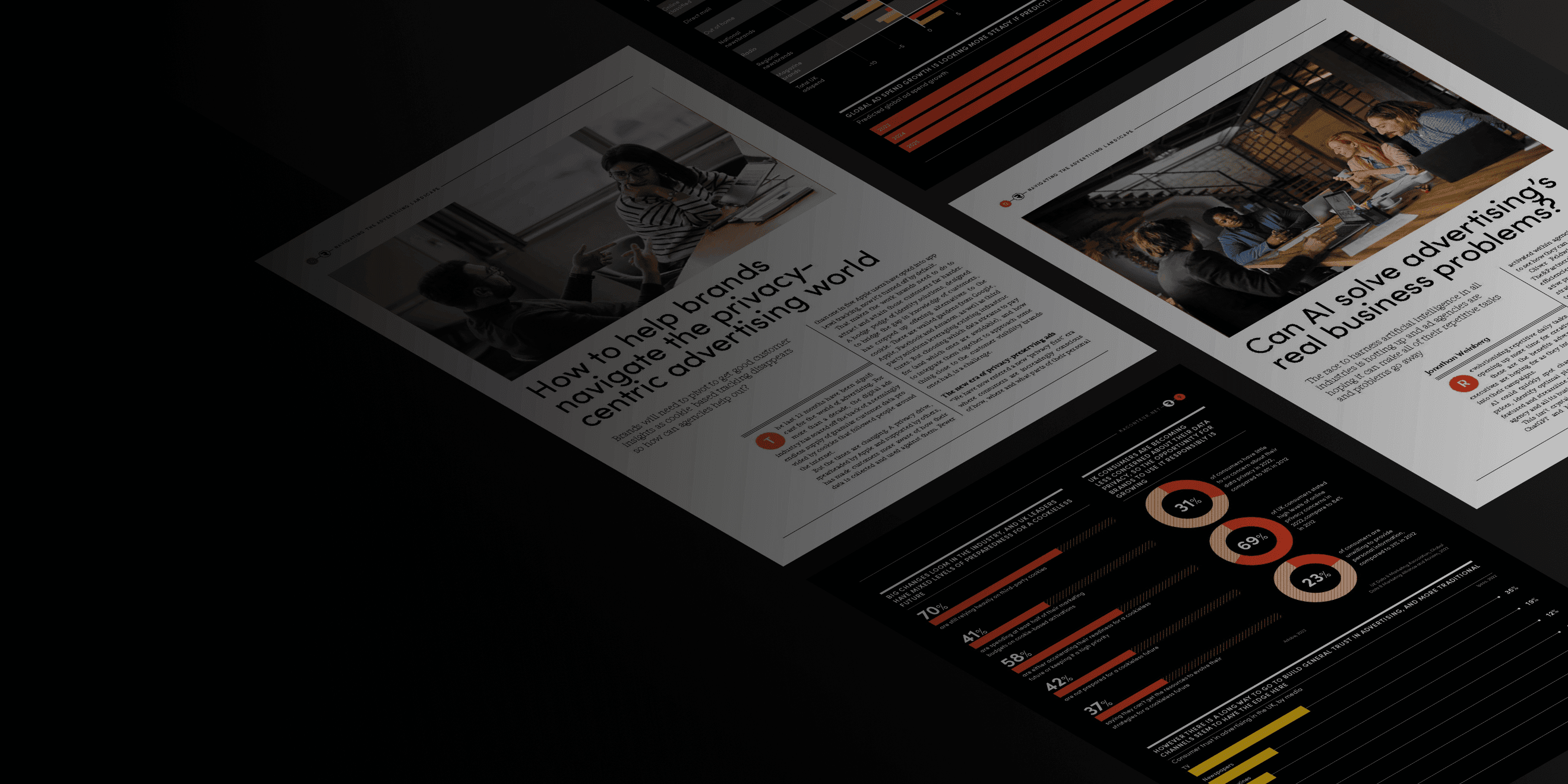
Make your mark in an AI-enabled future with our insights on AI, privacy and seamless ad creation journeys.
Why is advertising pitch creation so expensive?
In a time of lean budgets, agencies are expected to make their dollars go further. Advertising pitch deck creation is an integral part of the agency’s business model, helping them land new clients (and retain existing ones), but this can come with tremendous costs.
Winning new clients requires boundless creativity, an array of unique selling propositions, and the right budget. The rolling costs associated with unique pitch creation can add up, especially since agencies rarely reuse old pitches or market research. With stiff competition, clients also expect more than one option.
This premium on pitch alternatives and redoing client concepts are almost always borne by the agencies themselves.
Achieving success at each stage of concept creation, copywriting and production also presents significant challenges. Agencies must assemble the perfect pitch team, devise a clear strategy, exhibit impeccable project management skills and maintain efficient internal operations throughout the creative process. Only with the right structure and operational support can agencies navigate the pitch journey with utmost ease.
While having a clear scope of client expectations and pitch output may slightly alleviate fiscal burdens and process hiccups, the root problems still remain: the inability to reuse client pitches, rising market research costs, low probability of pitch success and complex RFIs for multi-regional brands.
So, how can AI help reduce these financial and resource bottlenecks?
AI uses cases to streamline advertising pitch creation
AI can resolve specific obstacles in the pitch creation process, accelerate the research stage, refine campaign strategy, and address the diverse needs of concept creation. Here's eight ways that AI can help streamline the pitch creation process.
1. Better research
Research is an integral part of demonstrating your knowledge of the client’s target audience and their competitors. Unique pitches are fueled by creativity and an agency’s robust knowledge of their client’s competitors, consumers, and brand perception.
Generative AI can utilize agency datasets on users, transforming tabular data into user personas visualizations for agencies and their clients. Web interpreters quickly analyze competitors' data points and sentiment analysis, summarize consumer sentiments and identify emerging advertising trends to help you structure your ad pitch accordingly.
2. Hone your agency USP
If unique ad pitches are the cornerstone of your agency strategy, crafting a distinctive strategy that signals the right message to prospective clients is the way to go.
As a potential ally to your clients’ business, create strategic offerings that will resonate with your client. Before crafting a USP, identify gaps in the client’s cooperation with previous agencies and gather inputs to evaluate the success of previous campaigns. This research will position your agency as the best candidate to lead their future campaigns.
The key to the successful activation of a client starts with operational excellence – and this is where gen AI can help. As an efficient assistant, AI can outline task objectives for your team to speed up review turnaround time for your team, and subsequently, client approval.
Crucially, transparency and clear lines of communication will reassure your clients that they're making the right choice. Provide your clients with transparent budget tracking tools, custom reporting on any granularity level and joint flow to calculate ROI. Also make sure to use customized unified AdTech platforms to provide clients access to oversee analytics and management of ad campaigns, budget, and channel distribution.
3. Concept creation
Creative concept creation is where AI’s capabilities truly shine. Gen AI can produce a viable pool of ideas in record time, freeing up your resources to brainstorm concepts and speed up concept creation.
When paired with accurate competitor data or predictions, AI can test a concept’s resonance with an audience and even provide concept risk analysis. With the right datasets available and employee training, inputs can then be customized to scour sentiments on previous campaigns in the dataset, or flag negative backlash with specific audiences to avoid potential PR disasters.
Since the quality of AI outputs depends heavily on the caliber of its inputs, agencies should be equipped with an accessible prompt library.
In the long-term, agencies that have focused, structured resources and adequate employee training will be better prepared to integrate AI within seamless concept creation workflows.
4. Asset creation
Generative AI can target specific audiences and produce copy in different formats, dialects and tone of voice for different geographical, regional, and demographic segments. While it may require some manual tweaking to capture the nuances of these diverse audiences, AI provides agencies with a good baseline to get ahead.
Don’t let the costs of pitch creation wear down your agency’s creative streak
5. Identifying new channels for campaign distribution
Web interpreters allow agencies to quickly scrape data from social media, analyze trending hashtags or keywords, and identify the best channels for prospective ad campaigns. Predictive AI also makes combing through this data much easier.
During the process, the analysis can elicit and identify new channels, networks and influencers that give prospective clients and agencies the opportunity to tap into pre-existing engagement for their ad campaigns.
6. Client communication
Clients may not always see how much work an agency puts into creating new pitches and ad campaigns. Generative AI maps customer journeys within campaign objectives, providing better visualization from the client’s perspective. This allows the client to communicate the mechanics behind each campaign to target consumers, understand campaign scope and see the messaging.
7. Pitch presentation and prep
AI can considerably lighten the burden on your creative team by giving them the freedom to shape the overall vision of a media campaign and focus less on managing the pitch creation process.
A clear narrative structure, visuals and case studies are essential elements for a strong pitch. Generative AI can establish multiple storylines for pitch creation and increase an agency’s chance at pitch success.
8. Pitch personalization
Pitches with tailored content significantly increases your chances of success In today’s market, expectations (and competition) are high but you can leverage AI to meet those expectations.
By harnessing gen AI, you can deliver personalized and meaningful pitches based on your audience's specific preferences. Usually that's a painstaking, manual approach but AI and ML can do it in seconds.
9. Intellectual property validation and legal bandwidth
While agencies have already done much of the groundwork for creating a new pitch, it’s paramount that legal and creative teams validate intellectual property and legal bandwidth to get their concepts past the finish line.
In addition to adequate employee training, agencies need to make sure that any generative AI inputs and outputs stay confined to the agency’s data warehouse to prevent potential IP violations. Human inputs should also prioritize safety and privacy-first data architecture.
Ultimately, while generative AI can flag potential issues, it can't completely replace human review processes. Manual review and legal support will still be necessary!
What’s next for AI advertising and pitch creation?
Pitch creation is an indispensable part of agency operations and revenue, but it doesn’t have to come at the expense of limited resources and the creative liberties of agency talents.

With a projected $1.3 trillion in ad revenue going toward AI-enabled advertising, generative and predictive AI use cases are a promising solution to mitigate pitch creation costs and ease the research, concept creation, and intellectual property validation stages.
AI isn't just helping industry leaders with pitch creation, though. It's transforming the whole industry and it's up to you to keep on top of these changes — especially when it comes to fair and responsible AI usage.
Learn how to turn AI compliance and regulations into a competitive advantage with our latest report: A practical guide to AI governance.
